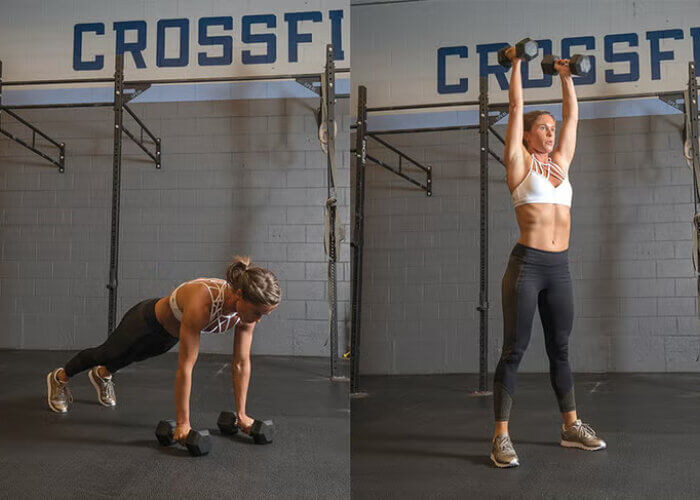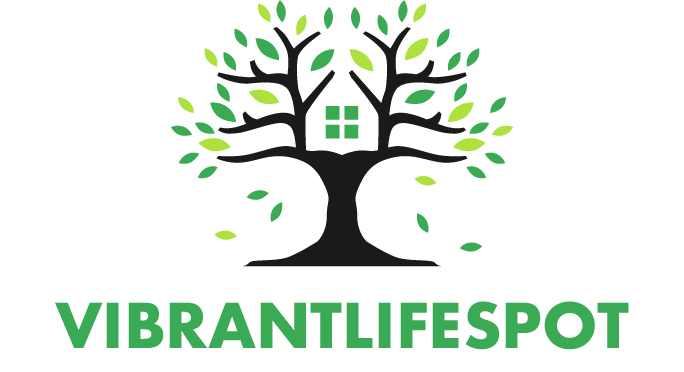The fitness industry is shifting, and functional fitness is leading the way by prioritizing movements that enhance real-world strength, flexibility, and mobility. Unlike traditional workouts that isolate muscles, this training method focuses on exercises that improve everyday tasks—whether it’s lifting groceries, playing with kids, or moving with better balance and coordination.
Experts highlight functional fitness as a smarter, more sustainable approach to exercise that benefits people of all fitness levels. From its roots in rehabilitation to its widespread adoption in gyms and home workouts, this method proves that fitness isn’t just about aesthetics—it’s about improving how we move and live daily. In this guide, we’ll explore how functional fitness revolutionizes training and why it’s here to stay.
Experts highlight functional fitness as a smarter, more sustainable approach to exercise that benefits people of all fitness levels. From its roots in rehabilitation to its widespread adoption in gyms and home workouts, this method proves that fitness isn’t just about aesthetics—it’s about improving how we move and live daily. In this guide, we’ll explore how functional fitness revolutionizes training and why it’s here to stay.
What Is Functional Fitness?
At its core, functional fitness is designed to improve the body’s ability to perform everyday movements with ease and efficiency. The goal is to build a strong foundation of functional strength, mobility, and endurance that can be applied to real-life activities and reduce the risk of injury.Functional fitness exercises typically focus on compound movements that engage multiple muscle groups simultaneously, mimicking people's movements in daily tasks. These exercises include squats, lunges, pushing, pulling, bending, and twisting, among others.
For example, picking up a heavy object from the floor requires a combination of strength, flexibility, and coordination—all of which can be trained through functional fitness exercises like deadlifts or kettlebell swings. Similarly, movements like reaching overhead or twisting the torso to carry something can be trained with exercises like shoulder presses or rotational movements.
The Benefits of Functional Fitness
Functional fitness has gained traction because of its holistic approach to health and fitness, offering benefits that extend far beyond the gym. Whether you’re an athlete, a busy professional, or someone looking to improve your overall quality of life, functional fitness provides several key advantages:1. Improved Mobility and Flexibility
Functional fitness training incorporates dynamic movements that improve joint range of motion, flexibility, and mobility. For example, exercises like lunges, squats, and hip hinges help increase flexibility in the hips, knees, and lower back, while movements such as torso rotations and shoulder presses improve upper-body mobility. These exercises promote better movement patterns, which help with everyday tasks like bending down, reaching for items, and climbing stairs.By enhancing flexibility and mobility, functional fitness helps reduce stiffness and the discomfort that often accompanies a sedentary lifestyle or aging. This translates into better overall movement efficiency and reduces the risk of injury.
2. Better Balance and Stability
Functional fitness exercises frequently incorporate elements of balance and stability. Whether you're doing single-leg exercises like step-ups or engaging in core exercises like planks, these movements help improve your balance and stability in real-world situations. These attributes are essential for tasks such as walking on uneven surfaces, carrying heavy loads, or performing manual labor.Building balance through functional fitness training is particularly important for aging populations, as it helps prevent falls and enhances overall coordination. Balance-focused exercises also support proper posture, reducing the strain on the spine and improving alignment.
3. Injury Prevention
Functional fitness places a strong emphasis on strengthening the muscles, ligaments, and joints used in everyday activities. By targeting the muscles responsible for movements like lifting, twisting, pushing, and pulling, functional fitness helps protect the body from the kinds of injuries that often occur during routine tasks.Training the body to perform movements that mimic real-life activities not only increases strength but also ensures that muscles are engaged properly, reducing the likelihood of strains, sprains, or overuse injuries. For example, practicing deadlifts or squats can help improve posture and strengthen the lower back, making activities like lifting boxes or bending down less risky.
4. Enhanced Strength and Endurance for Daily Tasks
Functional fitness is not about lifting the heaviest weights or running the fastest mile; it’s about training the body to function optimally for daily tasks. This makes it especially beneficial for individuals looking to improve their overall strength and endurance in a way that directly affects their day-to-day lives.By targeting functional movements like carrying, pushing, or climbing, people can build practical strength that’s relevant to activities such as shoveling snow, lifting groceries, or playing with children. Functional fitness makes everyday tasks easier, allowing individuals to perform them with more efficiency and less fatigue.

Key Functional Fitness Exercises
Functional fitness exercises can be adapted for individuals of all fitness levels. They often incorporate compound movements that engage multiple muscle groups, improving both strength and coordination. Here are some key exercises commonly used in functional fitness training:1. Squats and Lunges
Both squats and lunges are essential functional fitness exercises that mimic common movements such as sitting down, standing up, and stepping over obstacles. These exercises strengthen the lower body, including the quads, glutes, hamstrings, and calves, while improving balance and stability. Additionally, variations like split squats and walking lunges target different muscle groups and enhance flexibility in the hips and knees.2. Deadlifts
Deadlifts are a powerful compound movement that engages the entire posterior chain, including the lower back, glutes, hamstrings, and core. The movement pattern of deadlifts—bending at the hips while maintaining a straight back—mimics everyday activities such as picking up boxes or lifting heavy items off the ground.When performed correctly, deadlifts can improve core strength, posture, and joint stability, making it an excellent exercise for injury prevention.
3. Push-Ups and Pull-Ups
Push-ups and pull-ups are fundamental upper-body exercises that engage multiple muscles, including the chest, shoulders, arms, and core. These exercises mirror movements like pushing open doors or pulling heavy objects, which are commonly performed in daily life.Incorporating push-ups and pull-ups into a functional fitness routine builds upper-body strength and endurance, which is essential for tasks such as lifting, carrying, or even activities like gardening or manual labor.
4. Planks and Rotational Movements
Planks are an excellent core exercise, targeting the abdominal muscles, lower back, and shoulders. Core strength is vital for functional fitness because a strong core stabilizes the body during almost every movement. Core stability allows for better posture and alignment, which improves movement efficiency and reduces the risk of injury.In addition to planks, rotational movements—such as Russian twists or medicine ball throws—help strengthen the core and improve rotational power, which is useful for actions like twisting to grab an object or turning during physical activities.
The Appeal of Functional Fitness in 2025
As more people embrace the benefits of functional fitness, it is becoming increasingly popular as a training philosophy that extends beyond elite athletes to the general public. The emphasis on functional, real-world movements makes it an appealing choice for people of all ages and fitness levels, particularly those interested in improving quality of life rather than just looking good or achieving a specific body type.1. Functional Fitness for Aging Adults
Functional fitness is especially beneficial for aging adults, as it improves mobility, balance, and strength—key factors in maintaining independence and preventing falls. Training movements such as standing up from a seated position, walking, and carrying items not only help seniors maintain their independence but also increase overall well-being.2. Home-Based Functional Fitness
The COVID-19 pandemic saw a rise in home-based fitness routines, and functional fitness has continued to thrive in this environment. With minimal equipment—such as dumbbells, kettlebells, or bodyweight exercises—people can perform functional fitness routines from the comfort of their own homes. As more people adopt home fitness routines, functional fitness has become a go-to choice for building strength and improving movement.Why Functional Fitness Is the Future of Training
Functional fitness isn’t just a workout trend—it’s a shift in how we approach movement and strength. Training the body for everyday activities enhances mobility, stability, and injury prevention, helping people perform daily tasks with greater ease and efficiency.As fitness continues to evolve, functional training is becoming the go-to approach for those who want long-term health benefits. Whether you’re an athlete, a weekend warrior, or someone simply looking to move better, this method provides a practical, sustainable, and effective way to build strength and resilience for life. The future of fitness is functional, and it’s empowering people to move better, feel stronger, and live healthier every day.
